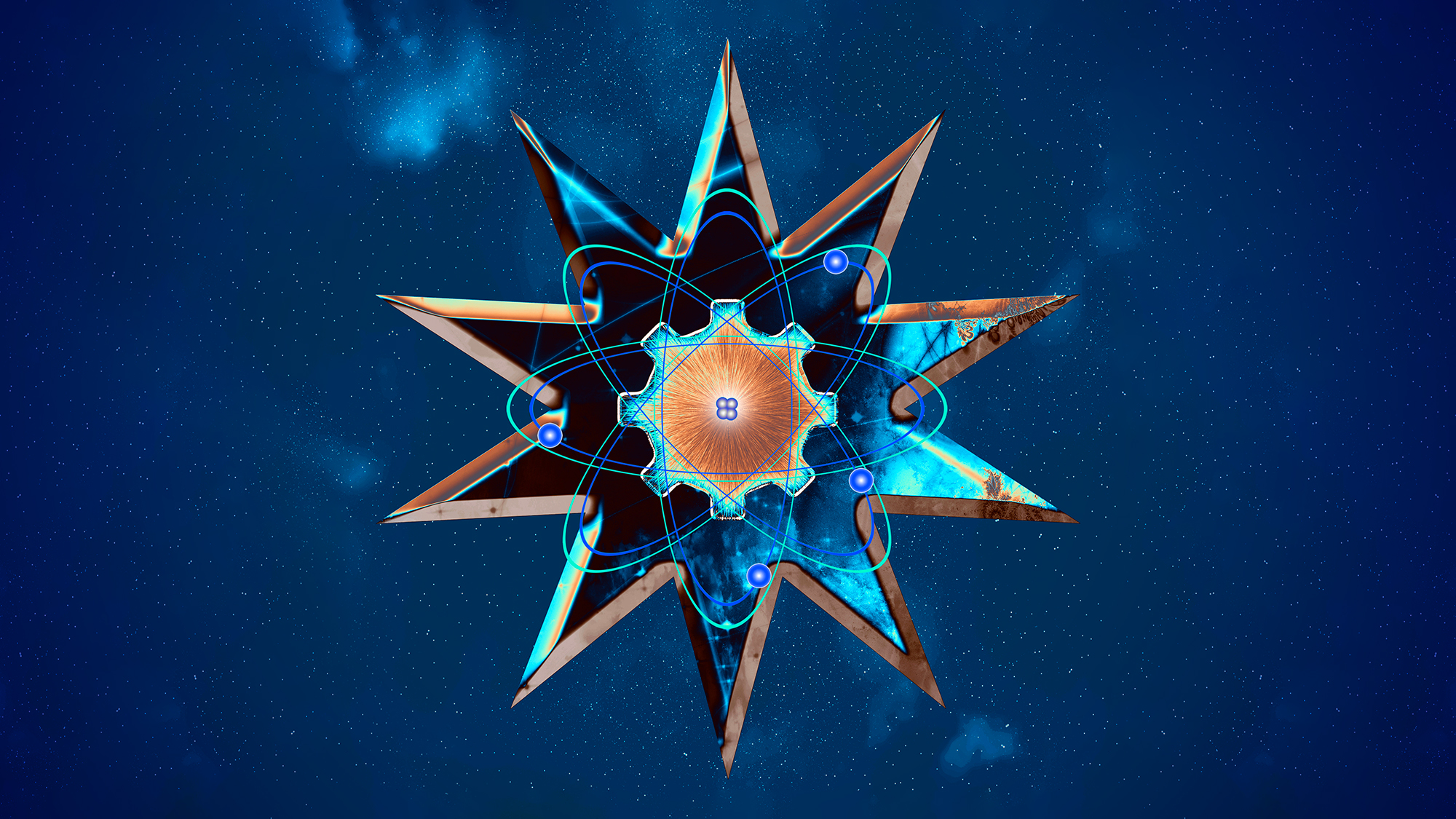Realism in science needs to be more real

- Science has a lot to say about the nature of reality.
- However, the problem with realism in science is that it has come to favor abstractions over everyday experience.
- Science is objective because it allows us to create maps that we can test together by comparing them with the results of experiments. This is real realism.
Reality: what a concept.
If you follow this column, you know that Marcelo and I are deeply interested in what science — especially physics — tells us about the nature of reality. Does science give us perfect access to a perfectly objective reality that exists somewhere out there, independent of us? Or is there something about the nature of being human that colors everything? This question hit me especially hard two weeks ago as I attended a fantastic three-day meeting at the University of California, Berkeley, called “Buddhism, Physics, and Philosophy Redux.” I wrote a little about the meeting just before it happened. (You can read about it here.) Today, I want to reflect on something I was reminded of during the talks that has always struck me as weird.
Throughout the meeting, the notion of realism kept popping up. Was this or that Buddhist philosopher a realist? Is this or that interpretation of quantum mechanics anti-realist? These terms were tossed around casually, but I always felt we were using them in the exact opposite sense of what they should mean. That requires an explanation.
A classical divide
In philosophy, the term realism refers to the position that there is a world out there independent of us. The world is made of stuff with its own inherent properties that can be known in and of themselves. Science offers the means for determining those properties. The term is often contrasted with idealism, which states that only some version of “mind” really exists — however you want to construe that. True reality, according to idealism, corresponds to pure ideal abstractions. One example of this is Plato’s idea that only the mathematical form of circles really exists, not the crappy versions of circles we apprehend through our crappy senses. This battle between realism and idealism has been going on for a long time. (Plato formalizes it in Western Philosophy.) This creates a duality where if you are an idealist, you are also an anti-realist.
Now, I am a scientist, and I am also not an idealist, so I do not take kindly to being called an anti-realist. (If I was a cowboy at a saloon in the Old West, calling me an anti-realist would be fightin’ words.) However, the way realism plays out in modern debates about frontiers in science leaves me cold. I think it misses the boat. There are other ways to confront reality than the usual realist/idealist split.
Realism’s abstractions
The problem with realism right now is that it takes the abstractions science uses to describe experience and it turns them into the stuff of reality, even when that stance poses major problems. The wave function in quantum mechanics is the Ur example of this. The wave function is the mathematical object physicists use to describe and predict the behavior of nanoscale phenomena like atoms. It is also the source of a whole lot of weirdness in quantum physics, such as particles being in two places at the same time. (Think of the Schrodinger’s Cat paradox.)
But this kind of weirdness only appears when you are a realist about the wave function. If you take it to be something out there as real as tables or chairs then, yes, the electron can be in two places at once. In that case you end up having to do some serious metaphysical yoga to untwist yourself from the paradox of that position. Another example of this variant of a realist’s paradox comes with the block universe, an aspect of Einstein’s theory of general relativity. According to this view, the four-dimensional nature of spacetime implies that all events — past and future — already exist and have always existed. This form of realist narrative ends up eliminating the actual now, which is the only thing any of us actually experiences.
Realism’s fallacies
The great mathematician and philosopher Alfred North Whitehead called this kind of thinking “the fallacy of misplaced concreteness.” In this case, so-called realists favor the abstractions we scientists use to describe our experiments over the concrete. This mistakes the map for the terrain. The map is what we build to help us make sense of scientific experience (experiments, observations, and so on), but it still rests on the more fundamental and basic experience of just, you know, being alive. Understanding this opens up a perspective that can move us beyond the usual realist/idealist split. Building out such a view opens us to philosophies that go by names like phenomenology or pragmatism, as well as ideas from Buddhist philosophers like Nagarjuna.
I most certainly believe there is a world out there without us. But the descriptions we create with science can never be independent of our perspective. They cannot be separated from our experience as embodied human beings, each of us using languages learned from human communities. From this point of view, science is not objective because it points to some ideal God’s-Eye-View fairyland. Instead, science is objective because it allows us to create maps that we can test together by comparing them with the results of experiments.
As far as I’m concerned, that is real realism, the OG realism. Anything less leaves you with perfect, hermetically sealed accounts of an independent reality that has no place for living, breathing experience. It ends up tortured with unreal paradoxes.





